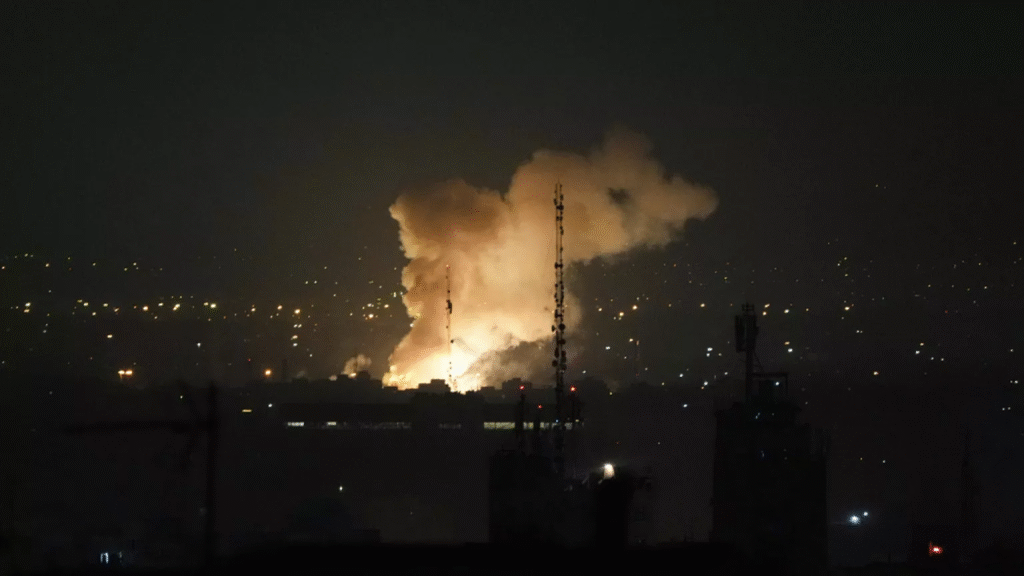June 13, 2025, Tehran. On Friday morning, one of the key facilities of Iran’s nuclear infrastructure — the nuclear complex in Natanz — was hit by a missile and bomb strike, triggering a sharp international reaction. According to numerous sources, Israel is behind the attack, which analysts say was carried out using precision-guided weapons, including guided missiles and possibly strike drones.
Natanz, located in the central part of the country in the province of Isfahan, has long been at the center of discussions on security and non-proliferation. The facility’s underground facilities were designed as a response to external threats and are a symbol of the country’s technological resilience. The centrifuges, located up to 50 meters below ground under concrete vaults several meters thick, were intended for uranium production as part of energy and scientific programs.
According to sources, the strike targeted the underground sections of the complex. The use of munitions capable of striking fortified targets indicates careful preparation and reconnaissance. Although Iranian officials are refraining from providing a detailed assessment of the damage, local media reports indicate that a number of production lines have been suspended and the facility’s internal infrastructure has been partially destabilized.
Despite the strike, Iran assures that the situation is under control: there is no threat of radiation contamination, and all necessary safety measures have been promptly taken. Local civil defense services and nuclear safety experts continue to monitor the situation.
The International Atomic Energy Agency (IAEA) has already expressed concern about the incident. According to representatives of the organization, an inspection team is planned to be sent in the near future to assess the condition of the facility and the potential consequences of the attack. Leading world powers have also begun discussing the incident through closed diplomatic channels, fearing a new wave of destabilization in the region.
This is not the first attack on Natanz for Tehran: the facility was already targeted in 2010, when it was hit by a cyberattack using malware, and in 2021, unknown interference damaged the complex’s power system. Despite all attempts at external pressure, Iran has been actively strengthening Natanz in recent years, including the construction of new underground facilities, as previously confirmed by satellite images.
The region is now on the verge of a new phase of tension. International observers note that the consequences of this incident could extend far beyond Iran, affecting global arms control mechanisms and prompting a review of political strategies toward the Middle East. In the coming days, the international community is likely to witness diplomatic activity and attempts to contain a possible escalation.
Meanwhile, Tehran is making no secret of its determination to respond to the incident: as a representative of the country’s armed forces stated, “all scenarios are on the table, and actions will not go unanswered.” No official statements on countermeasures have been made yet, but behind the scenes of international politics, a tense dialogue is beginni
Timeline of Attacks on Natanz Nuclear Facility (2010–2025)
This interactive line chart tracks major attacks on Iran’s Natanz nuclear facility, plotting years (2010, 2021, 2025) against estimated impact (1–10). Key events include the 2010 Stuxnet cyberattack, 2021 power sabotage, and 2025 Israeli missile strike. Hover for details on each incident.



